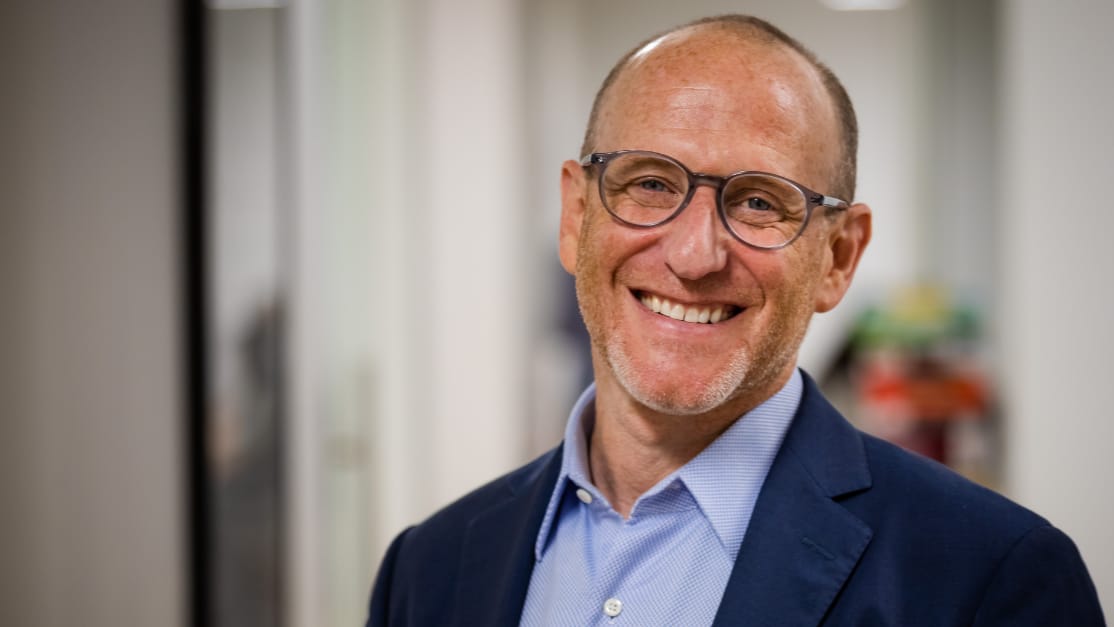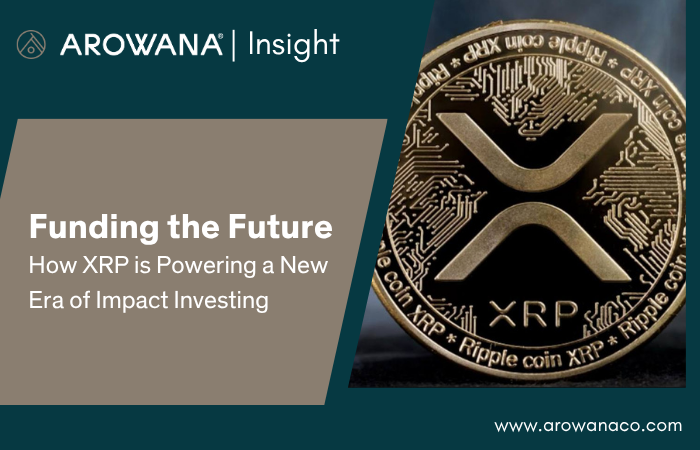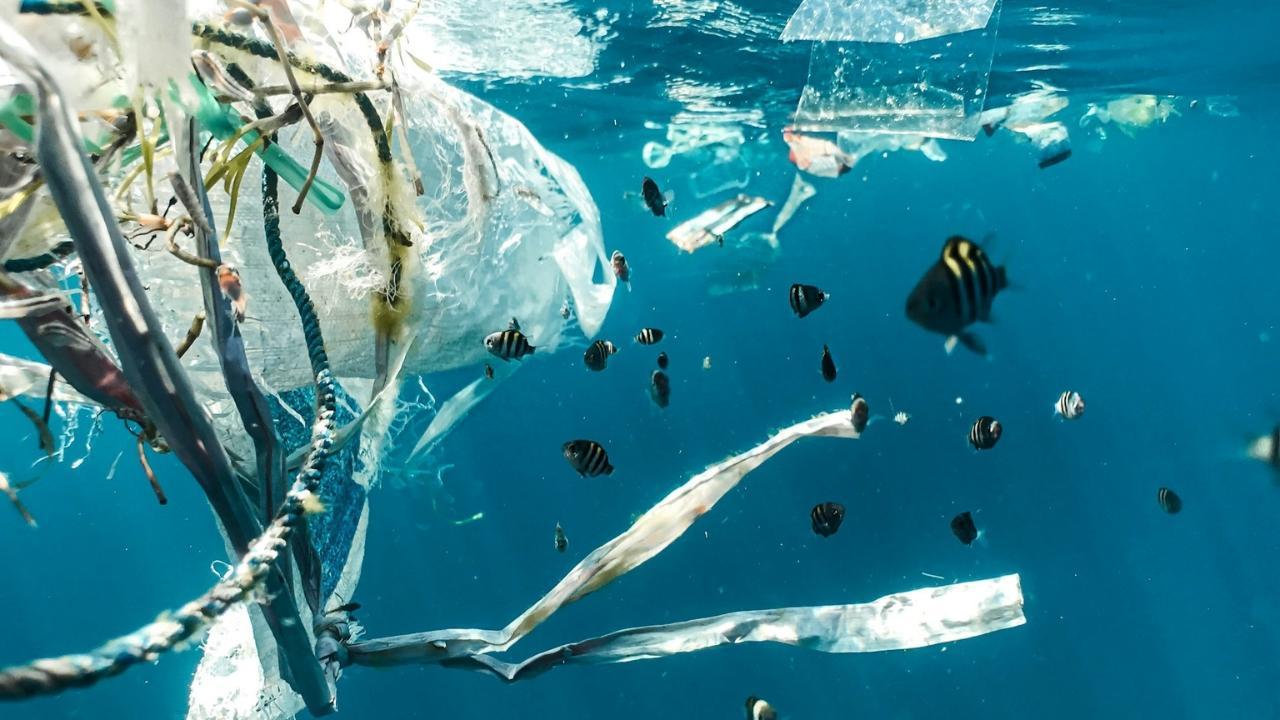Andrew Kassoy: Rewriting Capitalism with Heart

He knew how the system worked—and more importantly, where it failed. That rare blend of insider expertise and outsider empathy positioned Andrew as one of the most influential architects of the sustainable business movement. His work didn’t just challenge capitalism. It redesigned it.
On June 22, 2025, Andrew passed away after a two-year battle with cancer. Yet the movement he helped build—a global framework for stakeholder capitalism—is stronger than ever, powered by the scaffolding of ideas and institutions he put in place. His vision continues to shape thousands of companies across six continents.
From Investor to Institutional Changemaker
Andrew’s pivot from finance to social innovation wasn’t born of impulse. It was a methodical reimagination. Together with friends Jay Coen Gilbert and Bart Houlahan, he launched B Lab, a nonprofit that would go on to formalize a new kind of enterprise: the Certified B Corporation.
The idea was bold—businesses governed not solely by shareholder interests, but by accountability to workers, customers, communities, and the environment. Under Kassoy’s leadership, B Lab grew into a global movement:
- Nearly 10,000 certified companies now wear the B Corp badge, including household names like Patagonia, Ben & Jerry’s, and Danone.
- Benefit Corporation legislation, backed and shaped by B Lab, has been adopted in over 40 U.S. states and more than 10 countries.
- The B Impact Assessment—used by over 196,000 businesses—helps companies quantify purpose alongside profit.
His legacy is measured not in metrics alone, but in the moral recalibration he sparked.
Structural Reform as Social Justice
Andrew understood that real change needed more than good intentions—it required new laws, metrics, and institutions. He wasn’t content with surface-level corporate social responsibility. He fought for deep governance reform, shifting fiduciary norms and legal obligations toward stakeholders.
His work helped redefine:
- Fiduciary Duty: Board members could now legally consider stakeholder impacts as part of their decision-making.
- Corporate Purpose: Companies embraced long-term value creation rooted in equity and regeneration.
- Public Trust: Transparency became the standard—not just in performance, but in accountability.
By rooting stakeholder capitalism in enforceable structures, Andrew gave it teeth. He transformed ideals into operating systems.
A Vision Grounded in Care
“Care must be the operating system of business,” Andrew declared in his final message with B Lab co-founders. It was more than a phrase—it was his manifesto.
He believed that capitalism’s true potential could only be realized when companies placed people and planet on equal footing with profit. For Andrew, stakeholder capitalism wasn’t about compromise—it was about correction. It was business in service of human flourishing.
He didn’t seek to abolish capitalism. He sought to elevate it—to make it accountable, inclusive, and regenerative.
Late-Stage Leadership and Enduring Impact
Even in his final chapter, Andrew remained focused on infrastructure and legacy:
- He joined the advisory board of AIC Group Holdings, a B Corp-aligned holding company launched by Arowana in Singapore. His insights shaped their permanent capital structure, designed to preserve purpose through succession.
- He became Chairman Emeritus of Nine Dean, a firm structured around stakeholder governance and inclusive growth.
- He mentored founders, advised policymakers, and continued to catalyze what he called a “community of care”—where business is a conduit for healing rather than extraction.
His final days were marked not by retreat, but by resolve.
The Soul of a Movement
Andrew Kassoy didn’t just build a certification. He built a culture.
His ideas ripple across:
- University curricula on sustainable enterprise.
- Public policy debates on corporate law and fiduciary responsibility.
- Investor mandates for ESG alignment.
- Grassroots entrepreneurship in underserved markets.
Every B Corp, every CEO who chooses purpose, every investor who demands accountability owes something to Kassoy’s blueprint.
His impact isn’t just economic—it’s emotional. He invited business to care. And in doing so, he changed its course.
Carrying the Torch Forward
As stakeholder capitalism enters a new chapter, the foundations laid by Andrew Kassoy offer both guidance and grit. His work reminds us that transformation requires not just vision, but infrastructure—metrics, legal frameworks, and moral courage.
And most of all, care.
Andrew gave the business world a gift: the audacity to lead with heart.
For more news and insights, stay tuned to the Arowana website.


